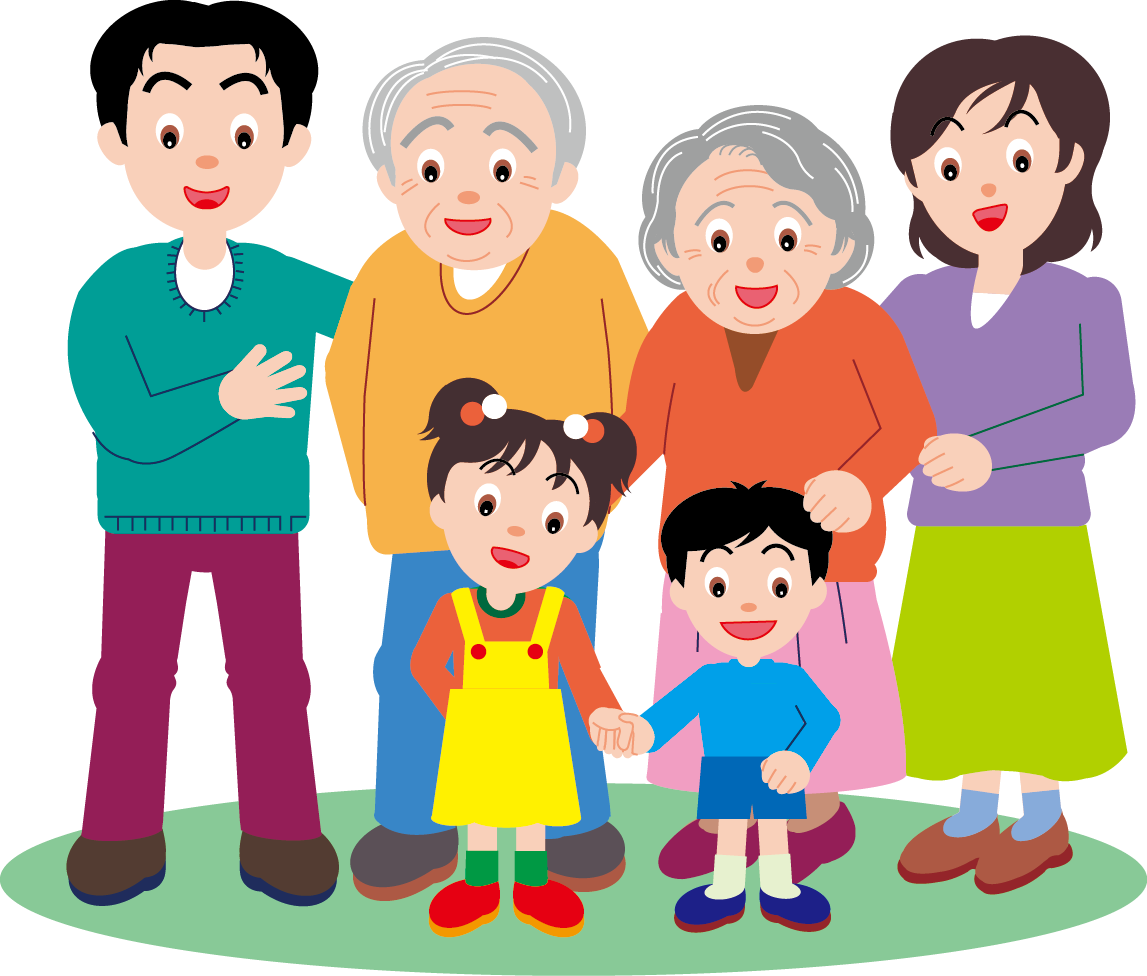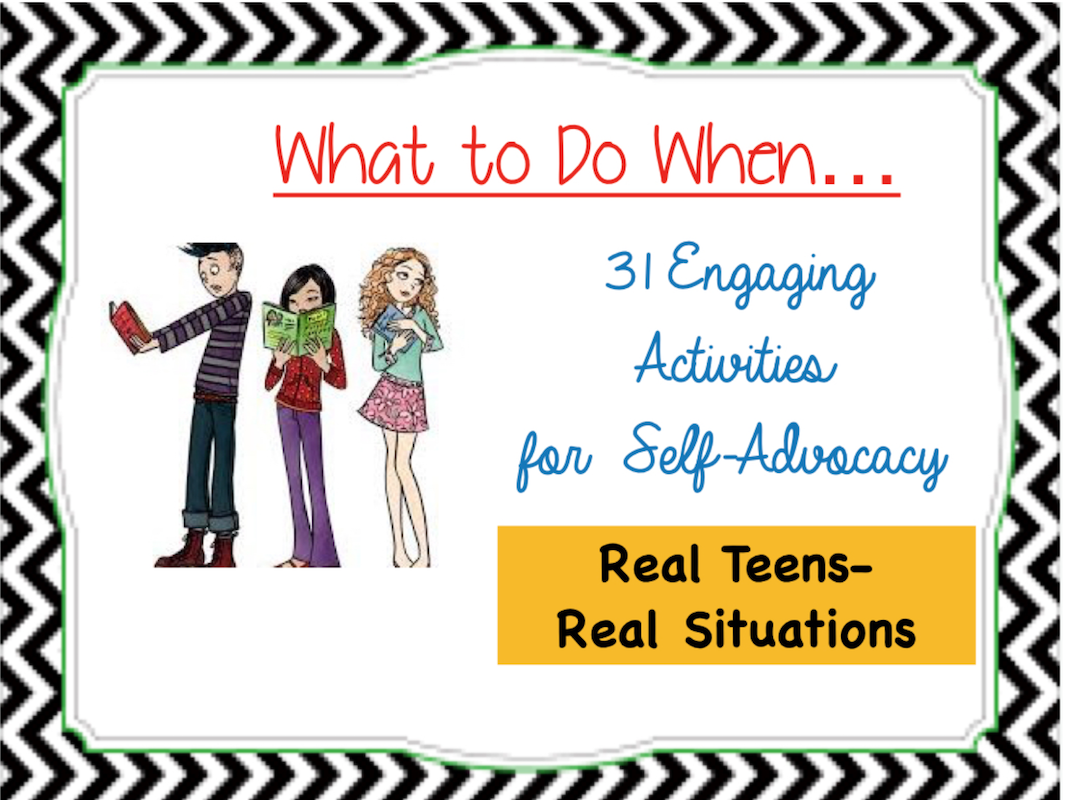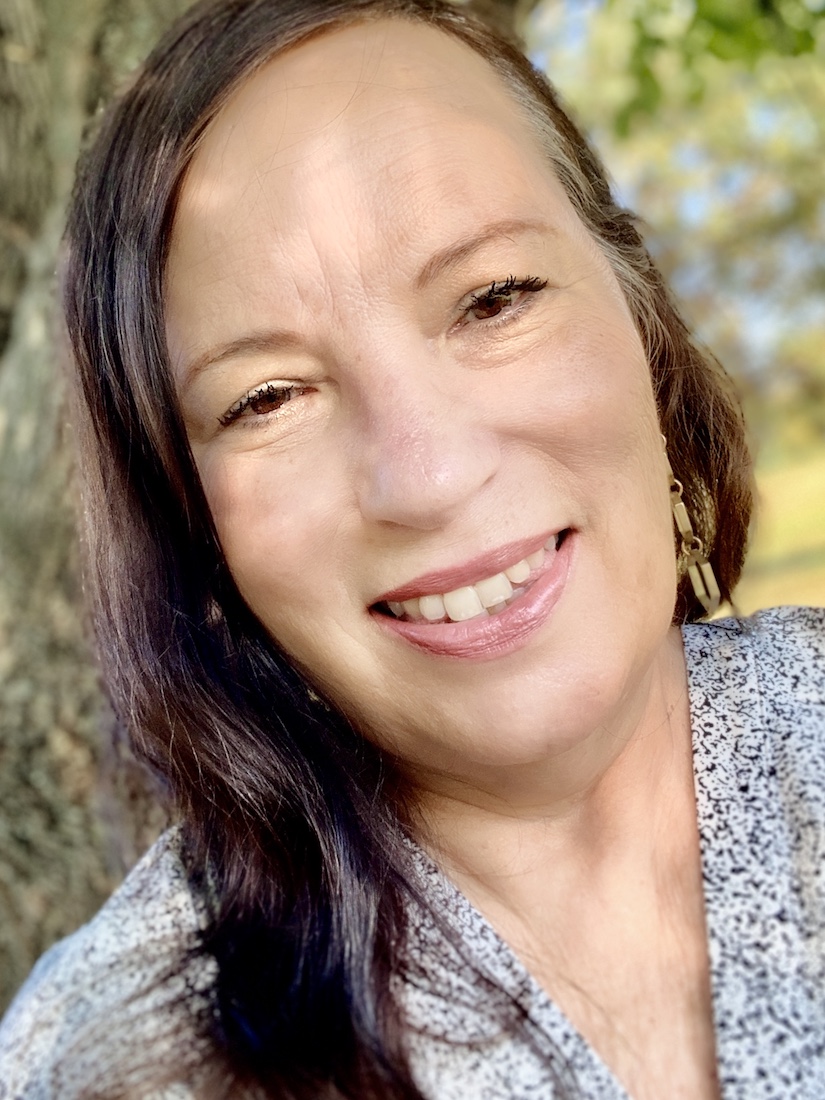“I’m bored.” “I want to see my friends.”“How much longer is this virus going to last?”
These are some of the comments I hear from my friends who have teenagers at home. Some kids young and older are taking it hard as they are isolated from their peers.
Other teens and young adults face the COVID-19 crises with multiple challenges, such as, worried about an elderly family member who contracted COVID-19, parents working at home, or a parent’s job loss. Parents struggle to keep young children and/or young adults (on the autism spectrum or with disabilities) active and engaged at home. Families have never confronted challenging times like these.

I believe we can all get through this pandemic together and become more resilient and prepared to seek new experiences and live life to its fullest when the virus diminishes.
There is a quote that has helped me learn, practice, and support my adult son with autism. “Our strength grows out of our weakness.” by Ralph Waldo Emerson.
18 ideas parents and teachers: Helping youth find strength during COVID-19 adversity.

1. Let youth know that even with a weakness or a challenge such as, living with adversity during difficult times, they can get through it all and get stronger. Yes it isn’t fair. But it is this generation’s call to duty. We all have to do it because it is our time. We know powerful real life stories of people from the past overcoming challenges or adversities. And we can overcome this as well.
2. Help the teen or young adult see that it is OKAY to have weaknesses. What’s more, help the teen or young adult accept their weaknesses such as, having a learning disability. Show our youth who have disabilities that many have become artists, entertainers, and mathematicians. We all have weaknesses and with them we can gain strength.
3. Help teens leverage a weakness. For example, a disorganization weakness can limit a student in starting or completing class assignments. Yet a student can recognize how to improve upon a weakness by putting into place a creative routine for online schoolingsuccess.
4. Encourage teens to find relief and comfort by seeking out teachers and parents to listen to their concerns or worries.
5. Recognize and validate to a young person the worries and anxiety they feel.
6. Help youth see and name small daily acts of courage that shape coping or help getting them get through one day at a time. For example, something as simple as getting away from the TV and doing self-care by walking their Golden Retriever for a daily walk around the neighborhood is an act of courage.
7. Help youth see how important it is to give themselves permission to initiate various ways of self-care such as, spending some needed time in a room away from family members, resting while listening to music, exercising, eating healthy snacks, all of which are actions of self-compassion.
8. Encourage youth to connect and keep in touch with others via electronic devices: grandparents, family members, and friends.
9. Encourage youth to create a visual routine of activities. Help them see that the routine can give meaning to their day which can also ground their day or week like a boat anchor.

10. Suggest that a teen might create a personalized artsy or crafty checklist of their routine. When youth create through drawings, pictures, a diagram, or a video, it can be fun.
11. Encourage youth to create daily or weekly goals. Suggest that h-she start with this question: “What would I have to have in place to feel better, to start, and stay with my (fill the goal in this blank).
12. Let youth know that during highly stressed times, it is OKAY to initiate just a few tasks. This is HUGE because this may be the best that the teen can do in one day, given the emotional stress h-she is feeling.
13. Teach teens to not be hard on themselves and to accept h-her weaknesses and adversity. Accepting is the first step in getting through. Help youth see what they are going through isn’t their fault and most importantly, isn’t permanent. The teen or young adult can be part of changing their daily life on their way to the new normal part of life in the future.
14. Help youth become more aware of the things they focus their attention upon and the emotions that unfold from that attention. For example: the act of worry and anxiety brings low energy which may result in listless activity, such as, staying in bed most of the day. In contrast, the teen can initiate the act of bike riding or skateboarding which delivers good feelings and increased energy from being in the sunshine and open air.
15. Help youth see the value of their goodness to other people when they focus their attention on (some examples): playing a board game with family (leisure), unloading the dishwasher (helping out the family), chatting with friends about collaborative online assignments, or just sitting on a porch swing to practice deep breathing (mindfulness).
16. Do express to the teen when you notice simple actions of h-her contribution, however so small in: self-care, planning, contributing to others, or completing tasks. This will reflect back that h-her efforts are working on their own behalf.
17. Support youth to self-advocate and to choose a person they trust to voice a need or concern.
18. Most importantly, you the parent/teacher do these things to emotionally balance yourself, walk the walk, talk the talk to what you teach. You are an example to the teen or young adult.
I believe youth can get through this difficult time, become resilient, and become more prepared to live life to its fullest.
End note: These suggestions can be adapted to all, young children and teensand young adults with Autism Spectrum and disabilities.

[Distance Learning] If you could give students entertaining and engaging activities to learn more about themselves in order to make emotional adaptations, wouldn’t you want them to have the resources? There are numerous resources on:
Jackie’s Store on Teacher Pay Teachers

Made for Google Drive, Google Slides
CCSSCCA.R.1

PDF CCSSCCA.R.1
For more resources students will enjoy learning at home.
Jackie’s Store on Teacher Pay Teachers
To Be Notified of New Promotions or Releases
I love creating tools to invite youth to experience:
*self-awareness to help direct their decisions, emotionally cope, and socially adapt.
*self-value to know they matter greatly.
*self-advocacy to express their voice and choice about what they need, what they enjoy, and who they want to become.

What Gets Between Youth and Their Goals
After decades of teaching youth with disabilities in all grades and researching what youth with autism spectrum need to make better work adaptations, Dr. Jackie Marquette discovered what youth need to acquire employment. It is as simple as a two sided coin. One side is for employers to acknowledge a candidate’s skills, strengths, and support needs, and the other side of the coin involves preparing youth to see their skills and interests from a wide range of strengths, personalized supports, and gainful social emotional awareness. Jackie has an adult son with autism and she has walked the walk, with ups and downs, failures and successes. Trent had employment at Meijer, a retail store for 13 years with innovative supports and for 19 years Trent has created abstract paintings for his art business. Many youth fall short in getting employed or getting in the right workplace environment because of limited opportunities and experiences to prepare for personal/social awareness to self-advocate. Very few educators, counselors, and employment professionals understand why or how to prevent the high unemployment rate among youth.

Dr. Jackie Marquette writes curriculum for student career preparation as it relates to skill development and social emotional learning. She is the founder of the Transition Career Academy teaching online courses and face-to-face workshops. Her trainings are approved for 6 CE’s by the Commission on Rehabilitation Counselor Certification (CRCC). She has been endorsed by highly recognized colleagues in the disability field for skills in Autism Spectrum Disorders, Training, and Research. Her extensive experiences span teaching students with learning/developmental disabilities and ‘at risk’, spearheading autism community workplace projects, implementing school district transition programs, consulting and using her own tools, one-to-one with youth seeking employment through the Office of Vocational Rehabilitation. She researched and interviewed over 800 youth with autism and their advocates, professionals, family members. As the owner of Youth Rescue© DBA Marquette Index, LLC, her program is engineered to be a catalyst for leaders, employers, and youth with their advocates. The purpose is to enhance everyone’s performance to make a meaningful difference in schools, companies, and the lives of all youth including those on who struggle socially and emotionally.





